
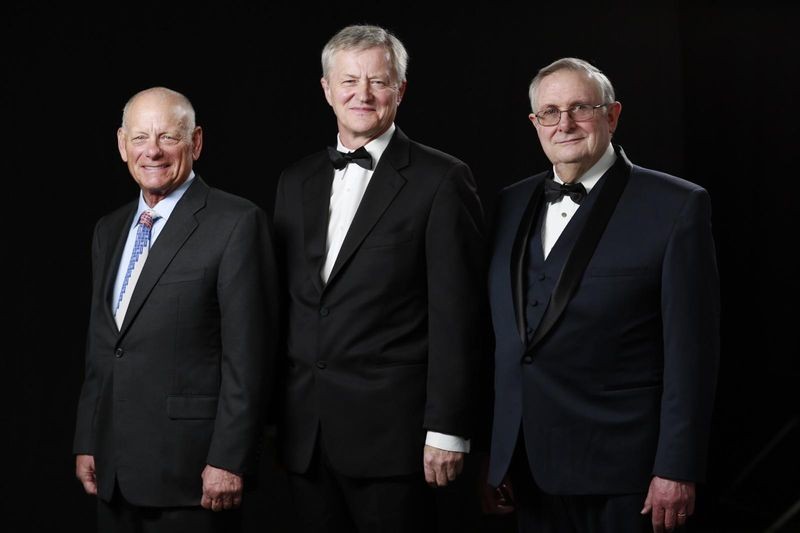
2016 CHM Fellow Award honorees David Cutler, Philip Moorby, and Lee Felsenstein
On April 16, 2016, Silicon Valley’s most influential technologists traded in their signature jeans and hoodies for suits and gowns as they joined technology leaders, innovators, and visionaries from around the world at the Computer History Museum for its 2016 Fellow Awards.
The Fellow Awards honor technology pioneers for their contributions to computing in an annual gala ceremony at the Museum’s main campus in Mountain View, California. The Fellow Awards is one of the Valley’s most anticipated events. For nearly three decades, they have recognized the most important contributors to dozens of computer-related disciplines that shape our world today. AI, operating systems, networking, storage, supercomputing, programming languages, chip design, wireless communications, and encryption are examples of the fields whose innovators the awards have honored. Fellows span the history of computing in time as well. From the first ENIAC programmers to the designers of the ARM microprocessor, the awards are centered on computing pioneers whose work has changed the way we live, work, and play.
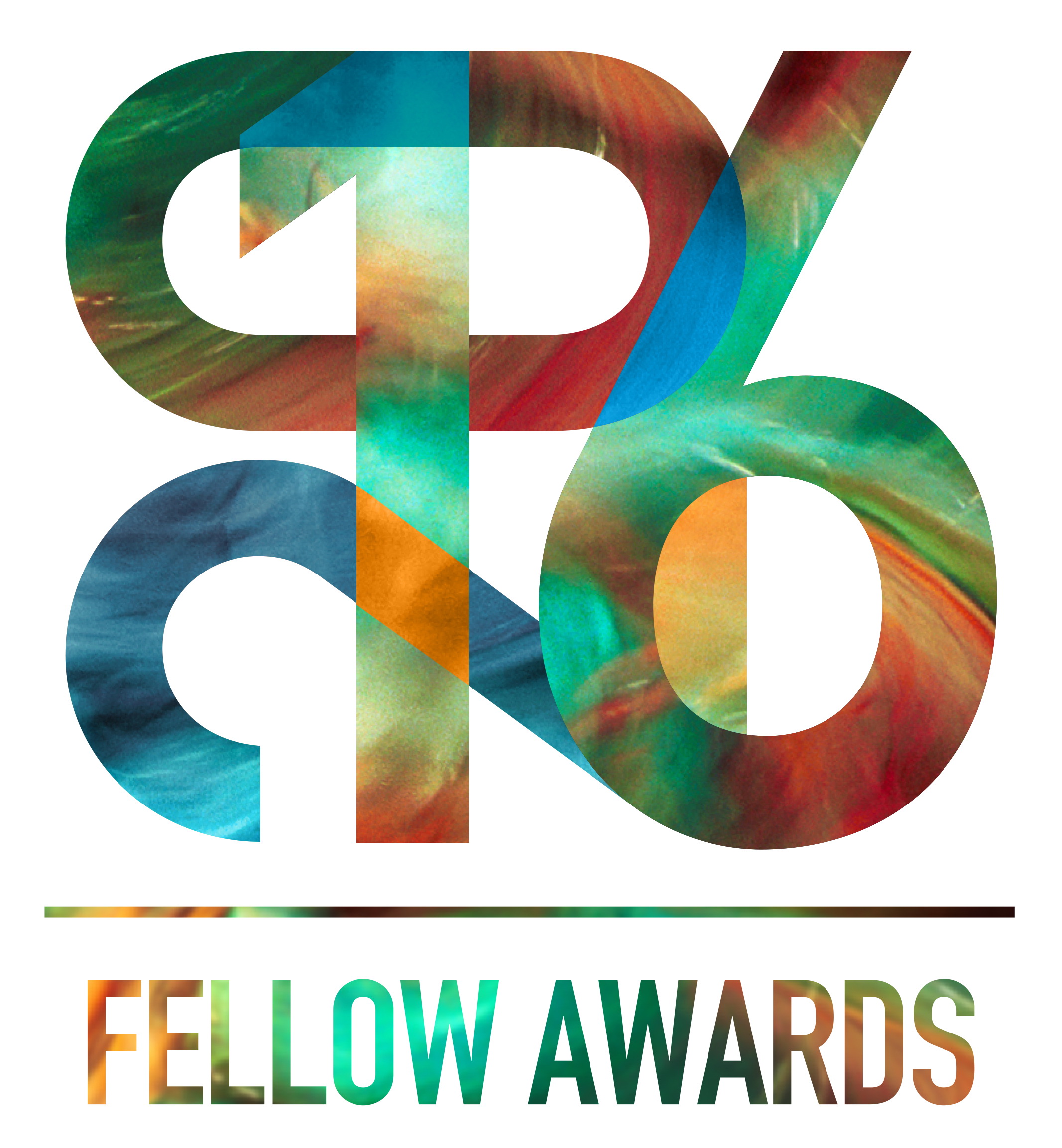
This year the Museum proudly inducted David Cutler, Lee Felsenstein, and Philip Moorby as CHM Fellows. You can learn about the 2016 honorees as well as all previous Fellows by exploring our Hall of Fellows.
The 2016 Fellow Awards were made possible by Headline Sponsor Accenture and Fellow Sponsor Microsoft.
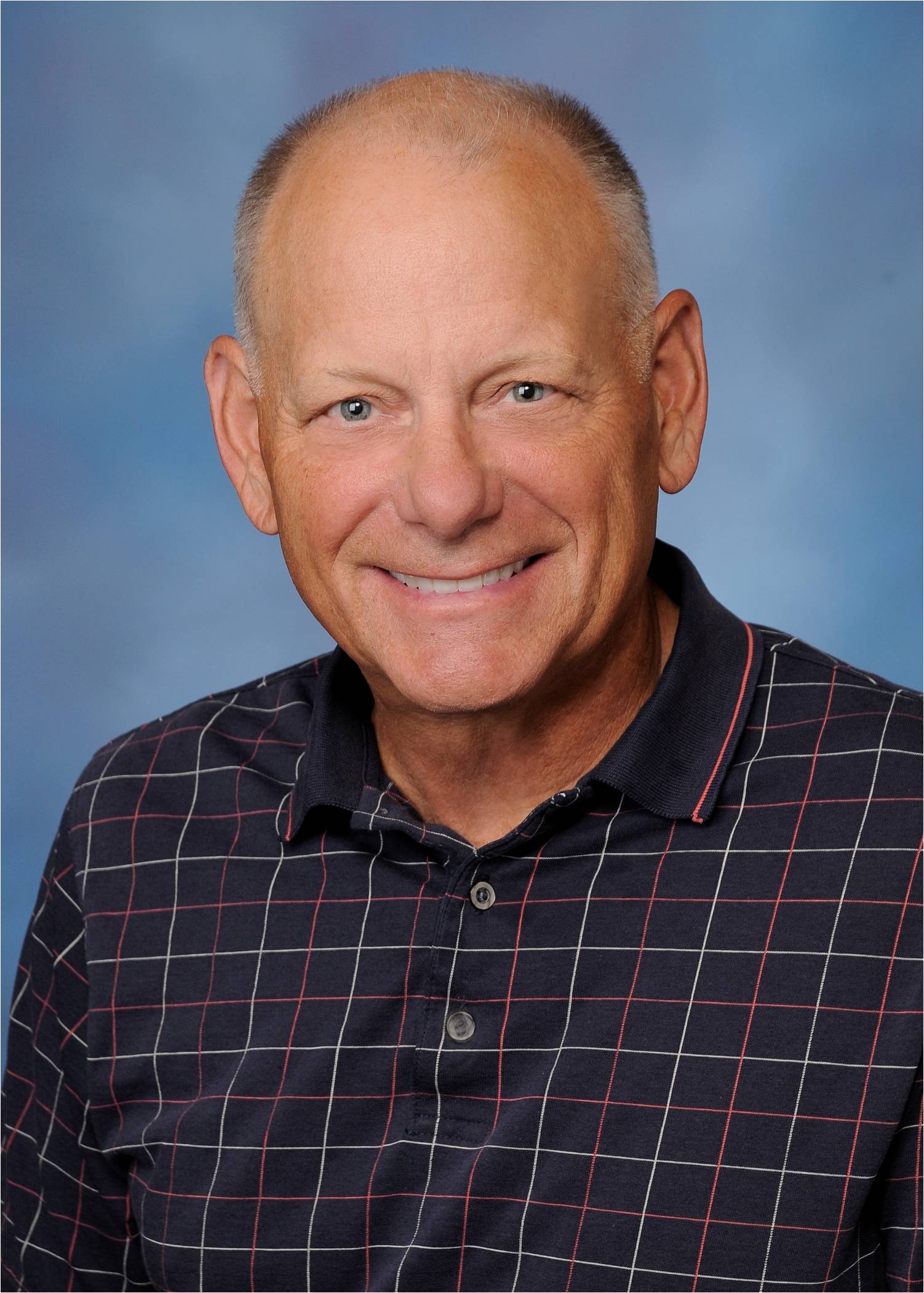
For his fundamental contributions to computer architecture, compilers, operating systems and software engineering.
David Cutler was born in Lansing, Michigan. He earned an academic and athletic scholarship to Olivet College, where he graduated with bachelor’s degrees in mathematics and physics in 1945. Cutler continues to enjoy a 45-year career in engineering and has worked at places like Digital Equipment Corporation and Microsoft, producing eight commercially successful operating systems. In 1988 Cutler joined Microsoft to develop a portable PC operating system that could run on many different computer architectures. This became known as Windows NT and has formed the basis for every major Windows-based system since 1993. Read Cutler’s full bio here.
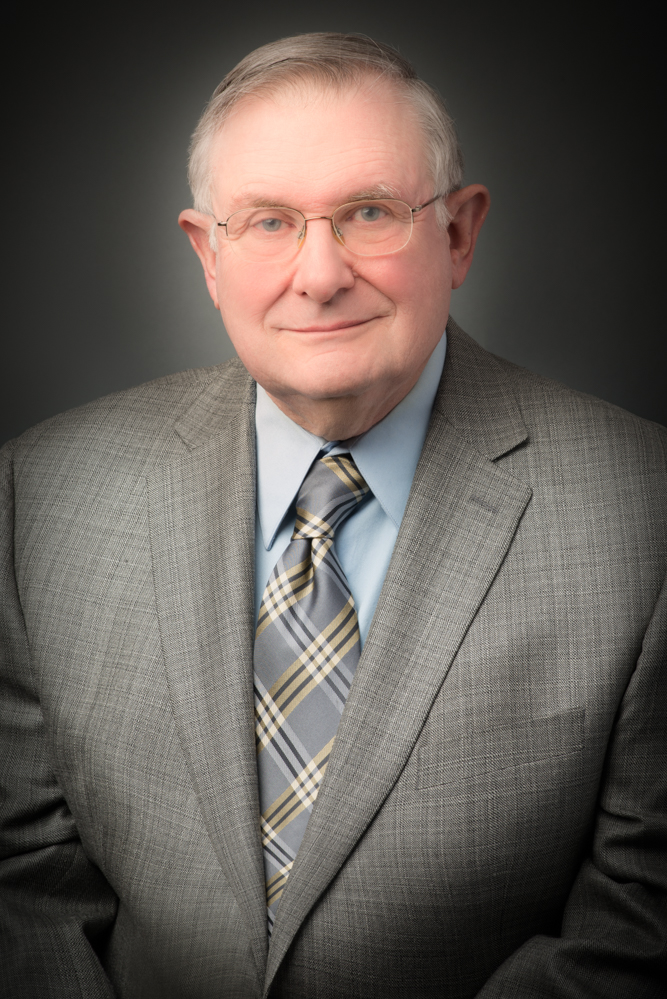
For his influence on the technical and social environment of the early personal computing era.
Lee Felsenstein was born in Philadelphia, Pennsylvania, in 1945. He participated in the Free Speech Movement as an undergraduate at UC Berkeley in the mid-1960s, an experience that would be an influence throughout his life. Felsenstein graduated from UC Berkeley with a degree in electrical engineering and computer science in 1972.
In 1973 Felsenstein developed the Community Memory project, a time-shared public bulletin system installed at locations around Berkeley, starting at the popular local store, Leopold’s Records. It was one of the earliest online communities, with free public access, and was a source of timely topics and news, discussion forums, and even advertisements. Community Memory was an early example of social networking. Felsenstein also designed some of the most influential personal computing systems of the early microcomputer era, including the SOL-20 and the Osborne-1. Read Felsenstein’s full bio here
For his invention and promotion of the Verilog hardware description language.
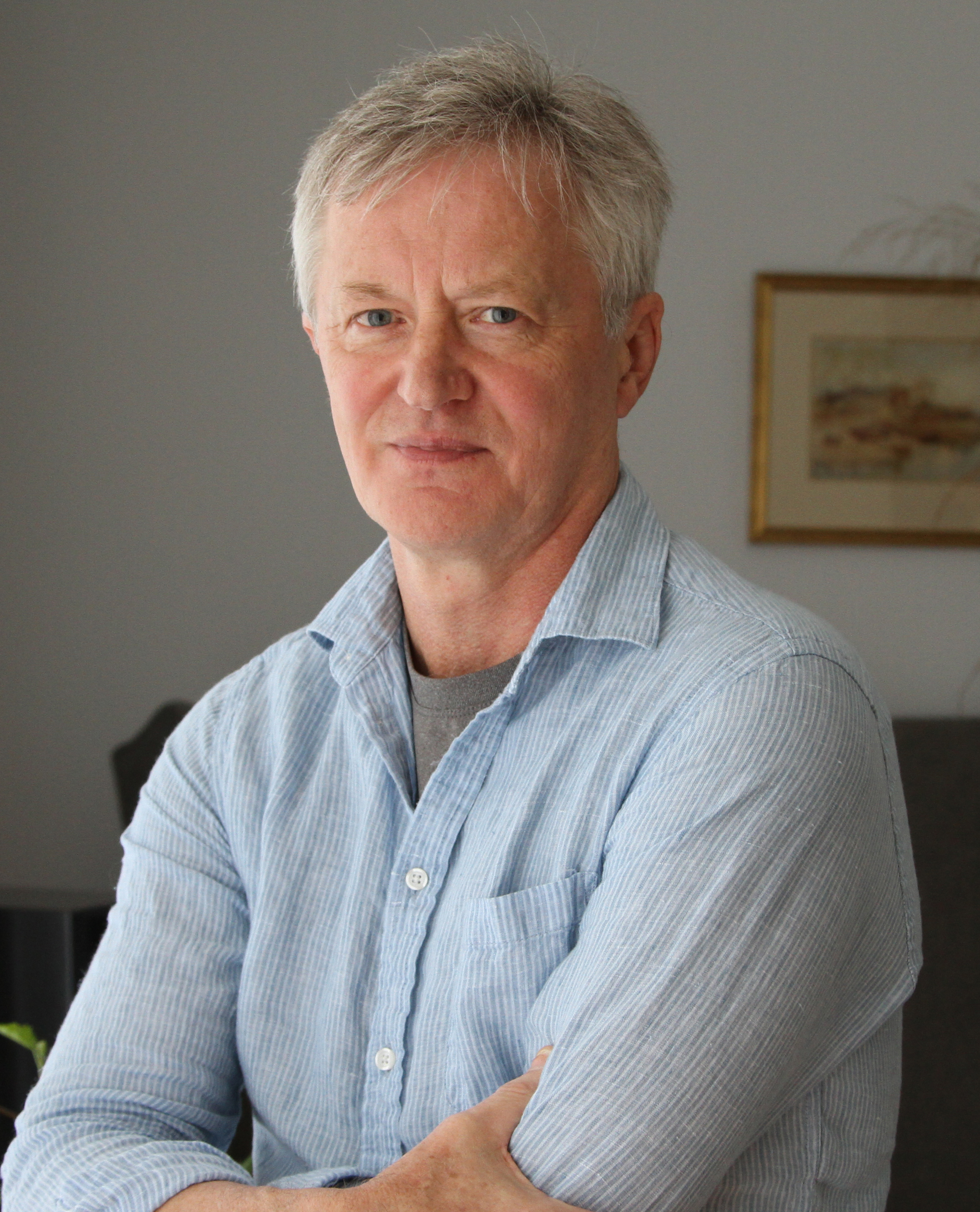
Born and raised in Birmingham, UK, Philip Moorby studied mathematics as an undergraduate at Southampton University followed by a master’s degree in computer science from Manchester University in 1974. In 1983 Moorby left the UK to join Gateway Design Automation in the US, with Prabhu Goel and Chi-Lai Huang. In the span of one month, Moorby invented the Verilog hardware description language, and over the following year, wrote the first Verilog simulator, which came to market in early 1985.
By 1987 Moorby had written an even faster logic simulator called Verilog-XL, which boasted gate-level simulation speeds approaching that of hardware accelerators. Verilog-XL was a landmark product, rapidly gaining market share in an industry where there were several competing digital simulators. The success of Verilog-XL led to Gateway becoming one of the leading simulation companies in the world. Moorby’s invention of Verilog has enabled the creation of the multibillion transistor devices we use every day, devices that push the limits of engineering, chemistry, and physics and make possible the mobile, interconnected world in which live. Read Moorby’s full bio here

2016 Fellow Awards
While Cutler, Felsenstein, and Moorby are giants within the computing industry, they’re little known to many outside of it even though we benefit from their contributions every day. That’s what CHM’s Fellow Awards are all about, recognizing the unsung heroes of computing to better understand the history that has grounded us, guided us, and inspired us.
In his opening speech, CHM’s Chairman of the Board of Trustees Len Shustek addressed guests in a filled-to-capacity Hahn Auditorium. Among them were Museum Trustees, Accenture CTO Paul Daugherty, Mayor of Mountain View Chris Clark, Cisco SVP Don Proctor, SanDisk co-founder Eli Harari, and Broadvision founder Chen Pehong. Past Museum Fellows were also in attendance, including Don Knuth (1998), Chuck Thacker (2007), Donald Chamberlain (2009), Federico Faggin (2009), Whitfield Diffie (2011), Martin Hellman (2011), Ed Feigenbaum (2012), and John Crawford (2014).
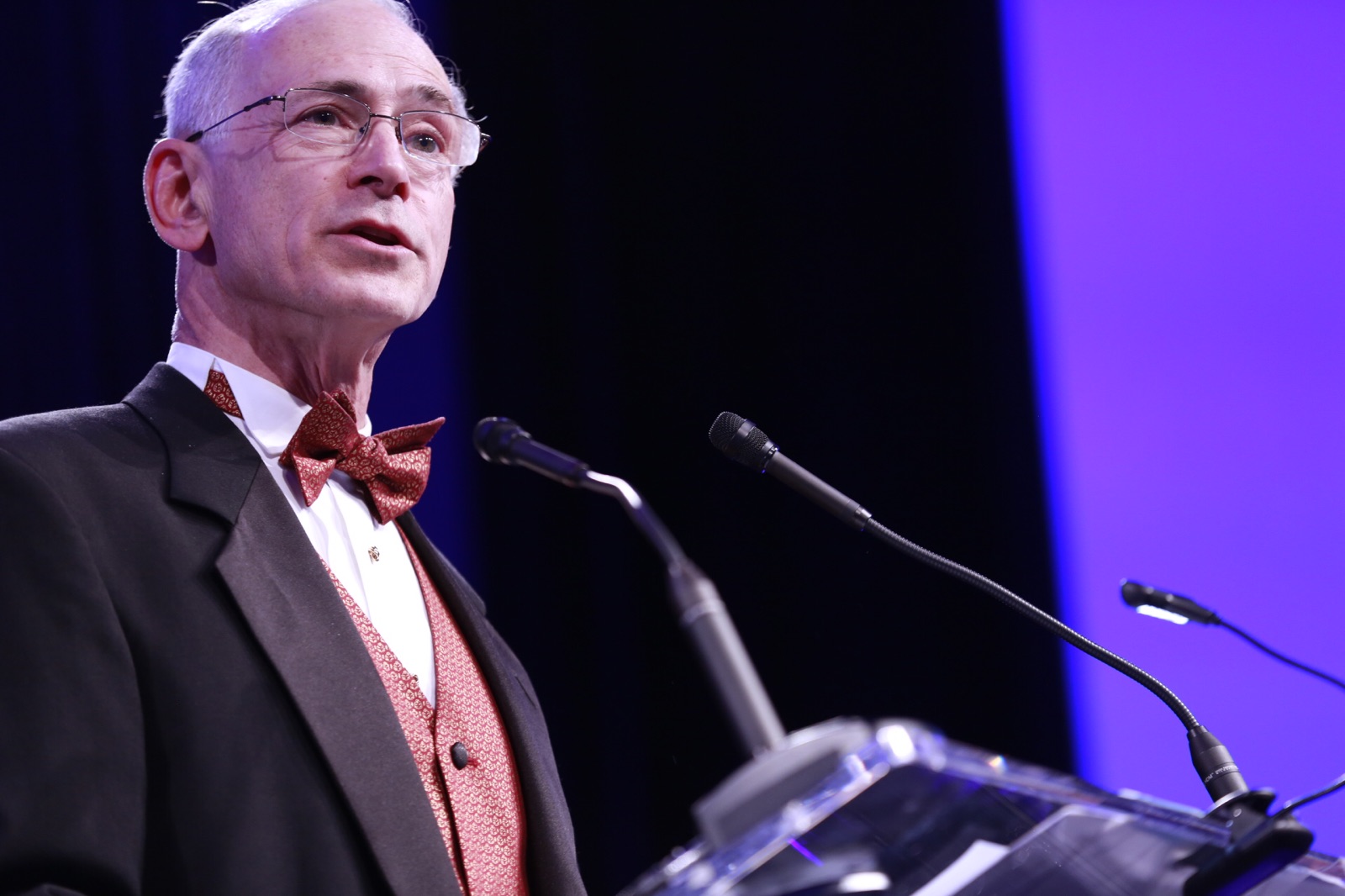
Chairman of the Board of Trustees Len Shustek
Shustek began by saying, “We’re here to celebrate people who made history.” He explained why computer history is complicated, citing various challenges including the fluctuating nature of history because there are always new insights and discoveries being made that can change our interpretation of the past. He held up a new book by Thomas Haigh, Mark Priestley, and Crispin Rope—ENIAC in action—that uses primary historical source documents to show that complex software was running on the ENIAC much earlier than was generally known. Shustek continued, “This is exactly the kind of history that we encourage and the kind of history that we do. History that’s complex, that’s nuanced, that is not static, and which gives us insight into how this amazing invention, the computer, has changed our civilization and continues to do so.” Referring to the Museum’s Fellows, Shustek concluded, “We honor these people not because they were the first, but because of their impact on the world and the influence that came later.”
CHM’s CEO and President John Hollar also took to the stage to share news of the Museum’s recent expansion into three new areas, all of which “are designed to connect the dots between the Museum’s past and its future; to provide new insight on the forces of change that computing, in all of its forms, has unleashed; and to explore the technological, social, and economic implications for the future.”
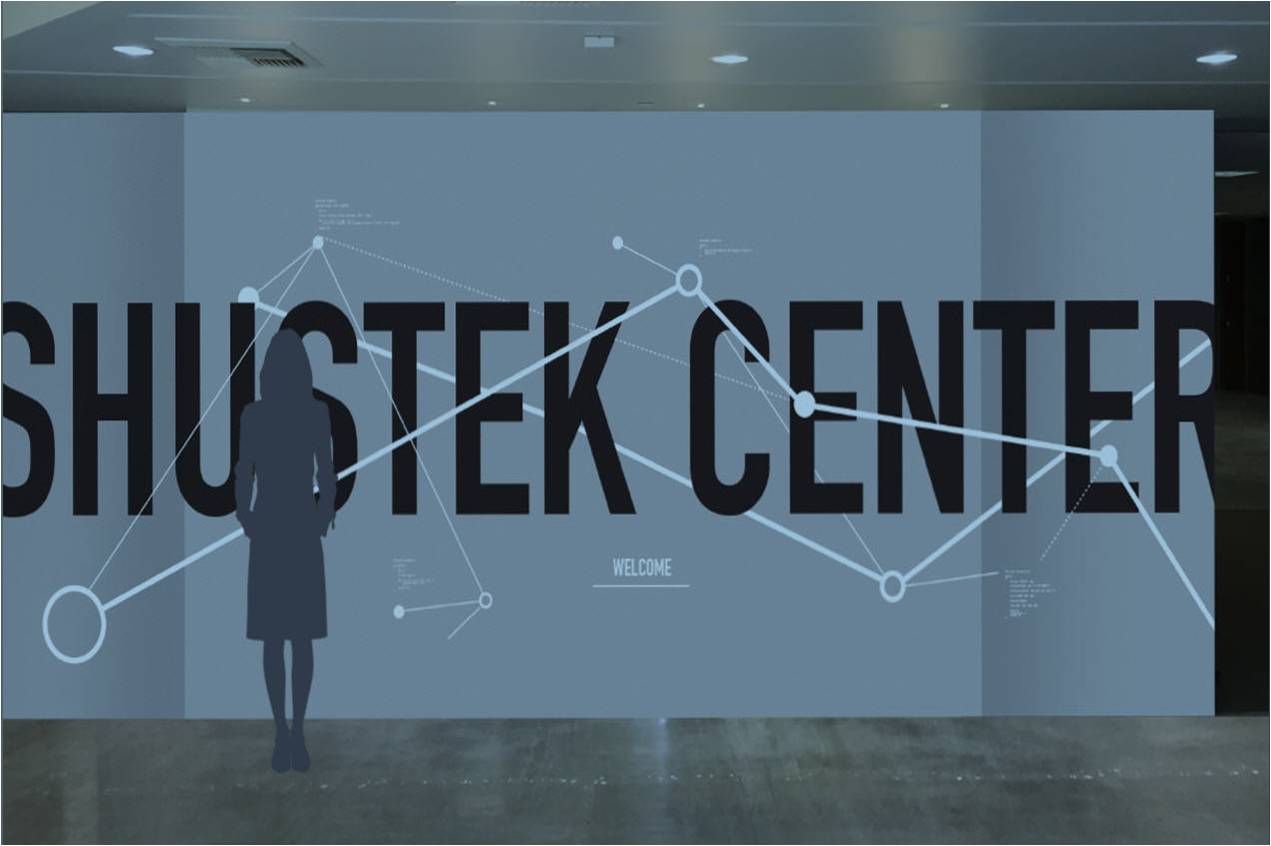
The Shustek Center is the first phase in CHM’s major three-part expansion.
The first step in the Museum’s new three-part expansion is its third building acquisition, a $4 million, 50,000-square-foot research center, named for CHM Board Chairman Len Shustek. Hollar revealed, “The new Shustek Center will anchor our expanding research agenda, provide a home for future visiting scholars, and house our large and rapidly expanding collection of digital assets.”
The second phase is the opening of the Museum’s $20 million Software History Center, with a formal unveiling to happen later this year. This center will house the Museum’s growing collection of source code and related historical documents. Its curatorial staff, led by Director David Brock, will focus on interpreting the history and impact of the software revolution. The first highlight of CHM’s software initiative is a major new exhibition to open on January 12, 2017, called Make Software: Change the World!

Exhibition rendering of Make Software: Change the World!
“Silicon Valley 360: NetApp” featured a new live show format, produced by CHM’s Exponential Center.
The third step is the launch of the Exponential Center on June 2, which will focus on entrepreneurship and innovation. Hollar explained, “Entrepreneurs and computing go hand in hand. Across the world, people want to understand why that is, how it happens, what is special about the way it works in Silicon Valley, and how past innovation connects to the future. The goal is to help capture and preserve that history and make those forward-looking connections.” The Exponential Center is spearheaded by Director Marguerite Gong Hancock and supported by an advisory board of leading innovators and investors in Silicon Valley.
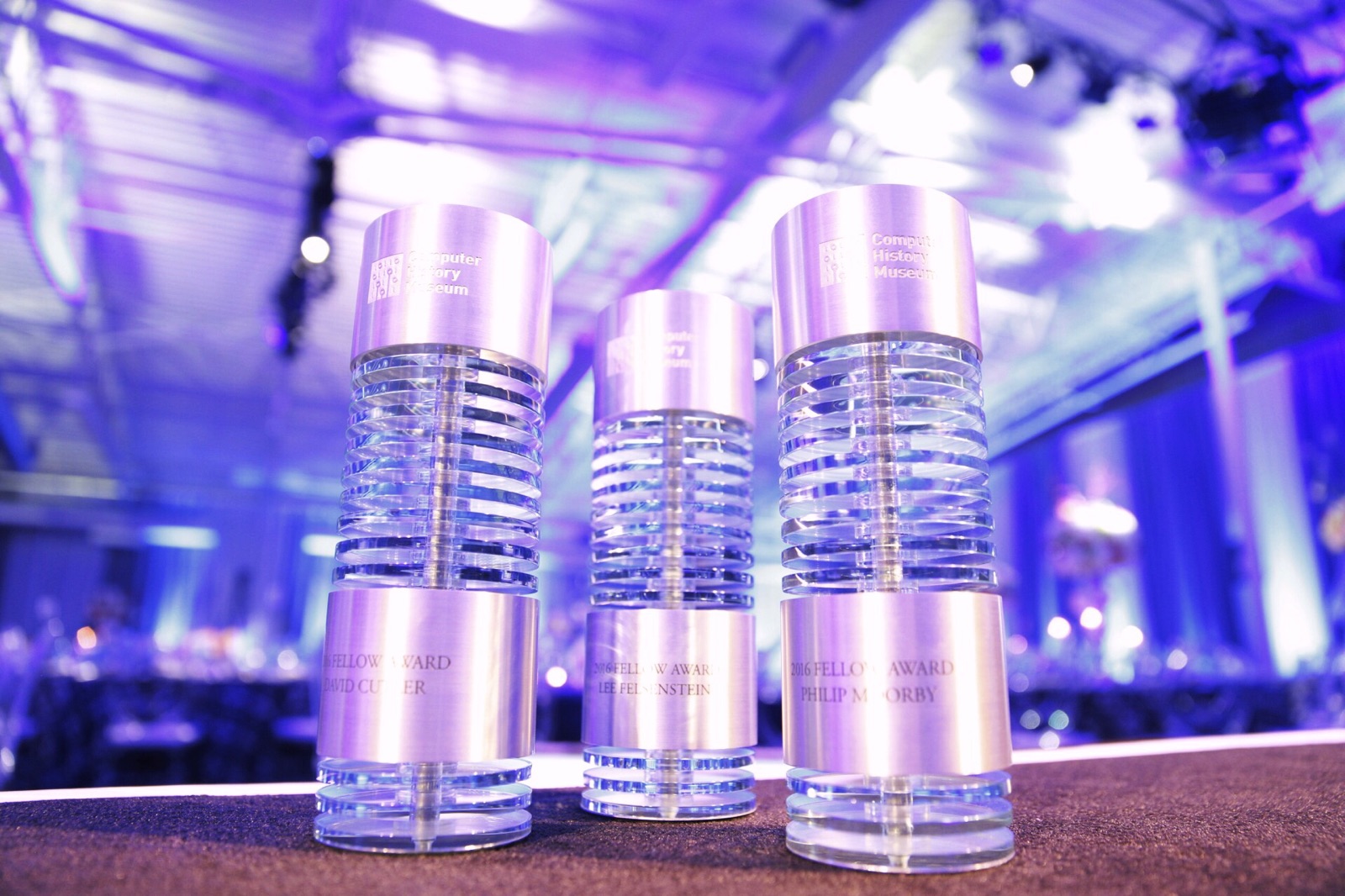
The CHM Fellow Awards are the result of public nominations. The selection process is guided by the Museum’s Fellows Selection Committee, comprised of leading thinkers in computing, including historians, academics, and past Fellows.